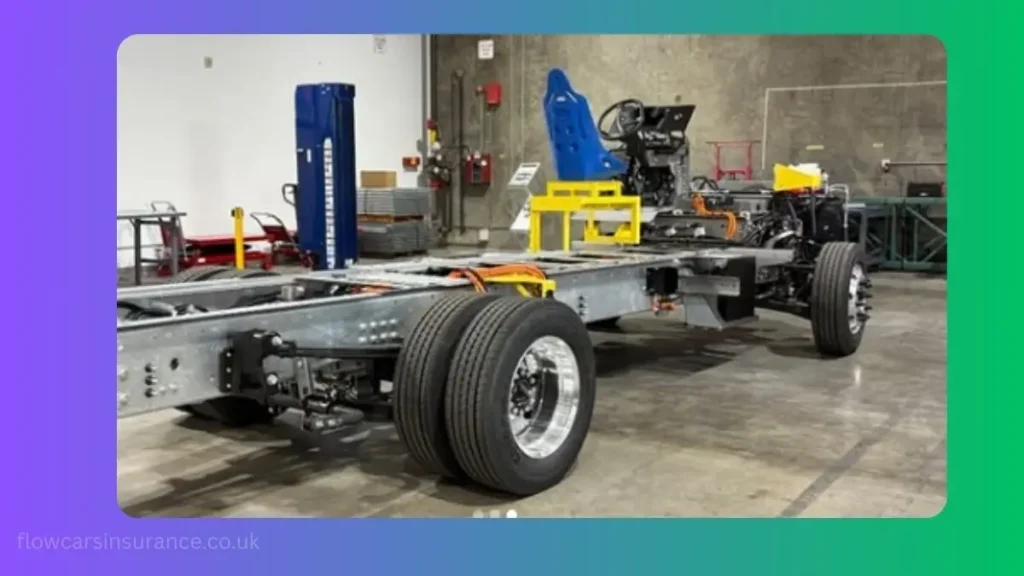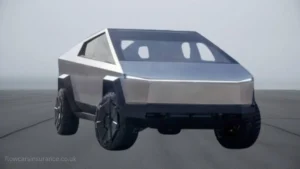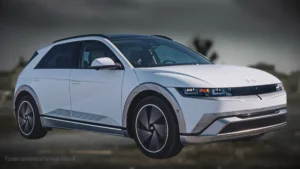Electric commercial vehicle startup Harbinger has officially launched a new extended-range electric vehicle (EREV) designed for the medium-duty segment — and it may be one of the most consequential fleet innovations of the decade. With a 500-mile range and a chassis tailored to the demands of logistics, delivery, and vocational fleets, this hybrid EV aims to bridge the long-standing gap between all-electric ambition and on-the-ground operational constraints.
The launch follows Harbinger’s recent $100 million investment round, which has been directed toward developing a flexible and cost-competitive EREV platform. The new architecture brings together a low-emissions 1.4L petrol engine and an 800V electric generator, powering either a 140 kW or 175 kW battery. The result: electric drive performance with long-haul range confidence — a crucial factor for many fleet managers still hesitant to fully commit to battery-only powertrains.
Key Specifications and Performance
- Range: Up to 500 miles (approx. 805 km) on a single charge and full tank
- Power Output: 440 hp (approx. 328 kW)
- Torque: 1,140 lb-ft (approx. 1,545 Nm)
- Charging Speed: 10–80% in under 1 hour on a 150 kW charger
- Battery Supplier: Panasonic
- Generator Type: Inline 4-cylinder petrol engine (likely GM-derived)
The design delivers fast acceleration and high torque for heavy urban or suburban loads, with the added security of a backup petrol generator for extended journeys or areas lacking high-speed charging infrastructure. Harbinger’s system is not a traditional plug-in hybrid; rather, it functions as a series hybrid, where the internal combustion engine does not drive the wheels directly but supports the electric drivetrain via an onboard generator.
Commercial Context and Application
Medium-duty vehicles occupy a vital and highly varied role in the transport ecosystem — from parcel delivery vans to utility service trucks and food distribution fleets. According to Harbinger CEO John Harris, this diversity demands powertrains that don’t force a binary choice between full electrification and diesel legacy systems.
“There are some fleets whose needs simply can’t be met with a purely electric vehicle—and we recognize that,” said Harris. “Our hybrid is designed for use cases and routes that go beyond what an all-electric system typically supports.”
The vehicle platform made its conceptual debut last year under a Thor Class A hybrid motorhome — a segment defined by long-range expectations and limited charging opportunities. Now, by refining the same technology for the commercial sector, Harbinger is targeting the so-called “messy middle” — the hard-to-electrify space between short urban delivery routes and long-haul trucking.

Cost Competitiveness and Market Positioning
While specific pricing details remain under wraps, Harbinger has suggested that the EREV will be priced aggressively for fleet adoption. Given its dual-fuel strategy and anticipated low total cost of ownership, the van is poised to compete directly with diesel-powered counterparts.
If translated to the UK, where medium-duty fleet decarbonisation is gaining momentum but remains complex, the Harbinger EREV could fill a crucial gap. Assuming a rough conversion, the 500-mile EREV would deliver its range at a projected operating cost significantly lower than diesel, particularly in light of fuel volatility and urban emissions charges.
Estimated Powertrain Output in the UK Context:
- 440 hp = 328 kW
- 500 miles = 805 km
- Starting price estimate (US): £64,000–£72,000 (based on comparative segment pricing)
Industry Implications
The introduction of a medium-duty EREV with this level of range and capability could reshape fleet electrification plans across North America and, eventually, Europe. With pressure mounting from environmental legislation and corporate ESG mandates, Harbinger’s chassis offers an alternative that blends environmental benefit with practical deployment.
It’s also a quiet rebuke to critics who argue that electrification is an either-or proposition. As Harris notes, “The series hybrid delivers the benefits of an electric drivetrain, along with the added confidence of a range extender when needed.”
Final Thought
Harbinger’s new chassis is more than a clever engineering solution — it’s a strategic move in an increasingly complex commercial transport landscape. For fleets struggling with infrastructure gaps, range limitations, or total cost uncertainty, this 500-mile EREV may be the transitional technology they’ve been waiting for.
With Panasonic battery packs and likely legacy ICE components from established automakers, Harbinger is signalling that it’s not out to reinvent every wheel — just the ones that matter most to the bottom line.


